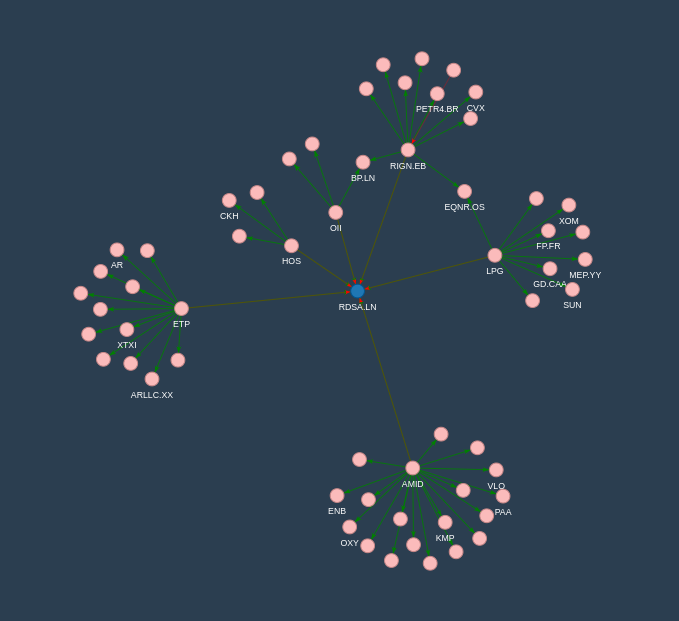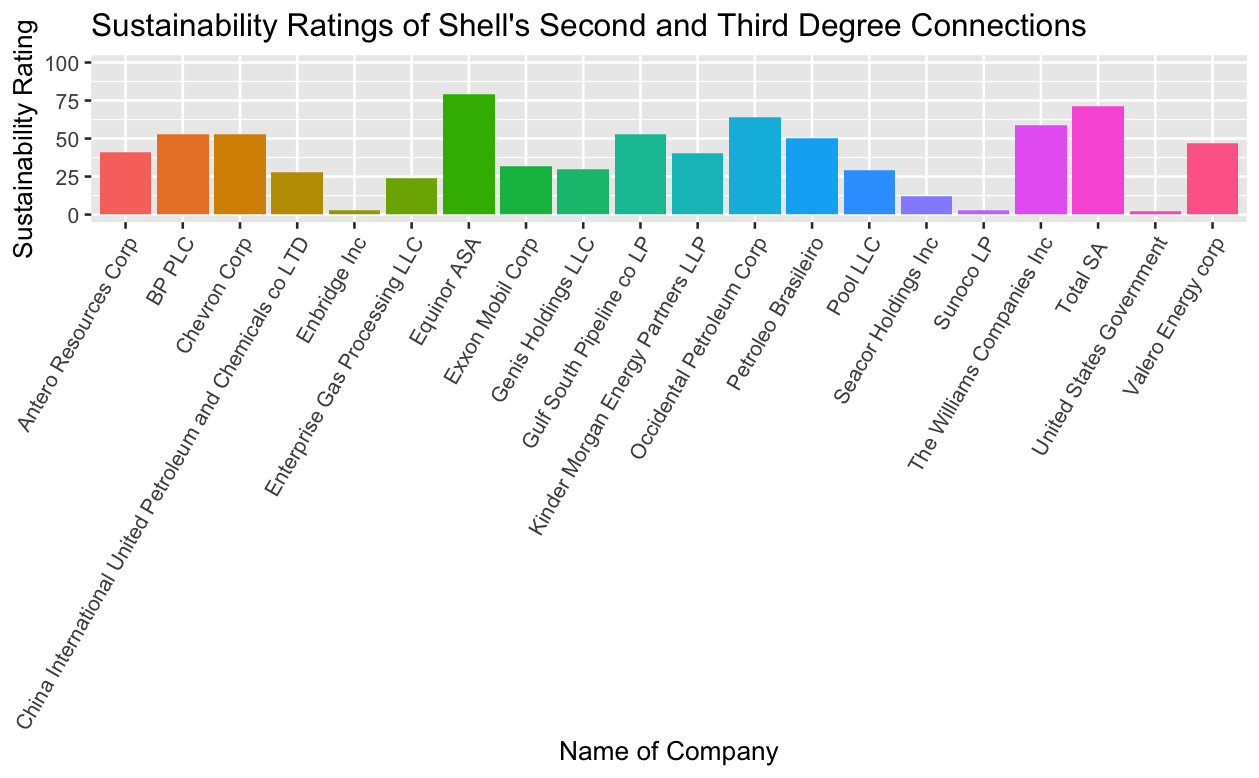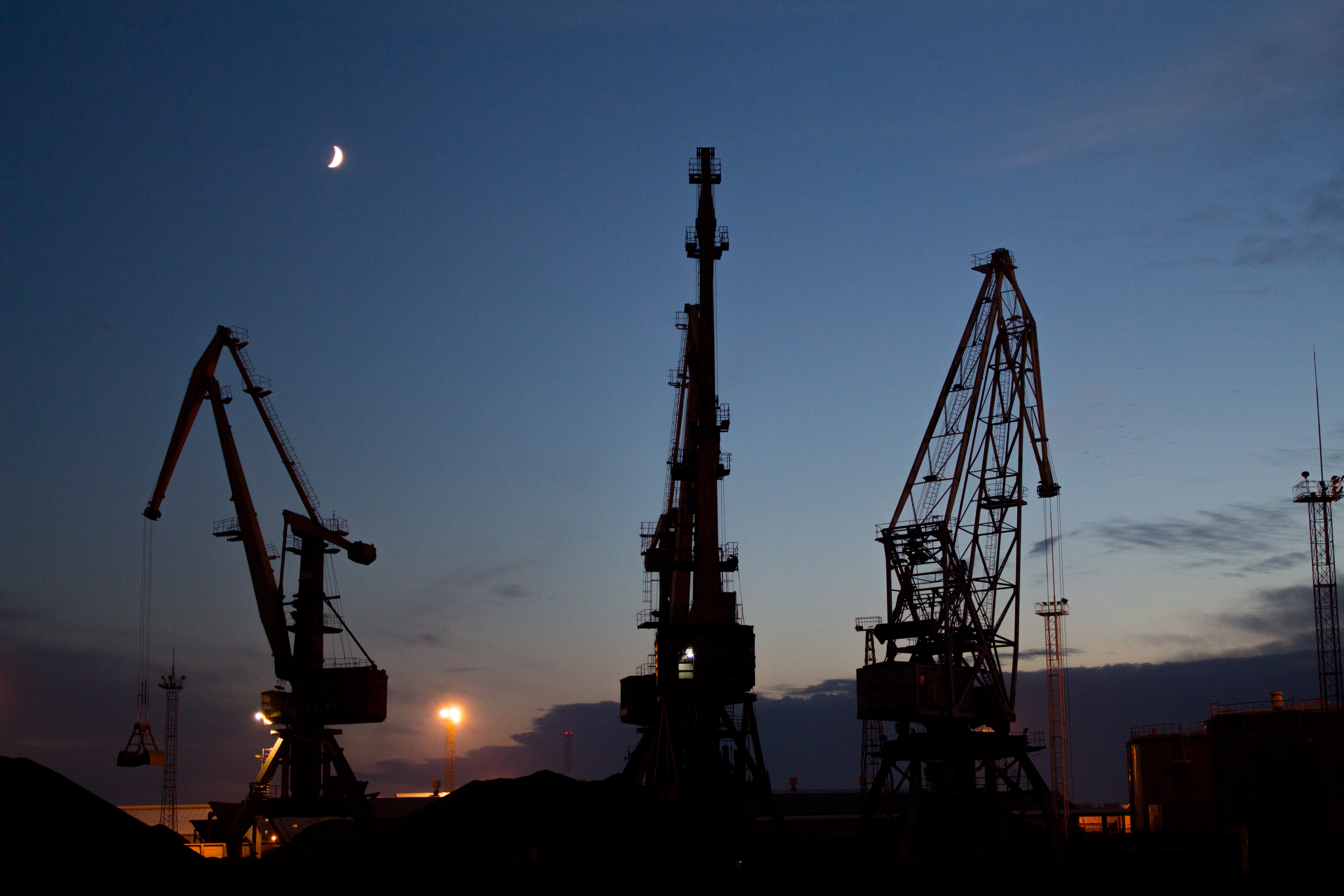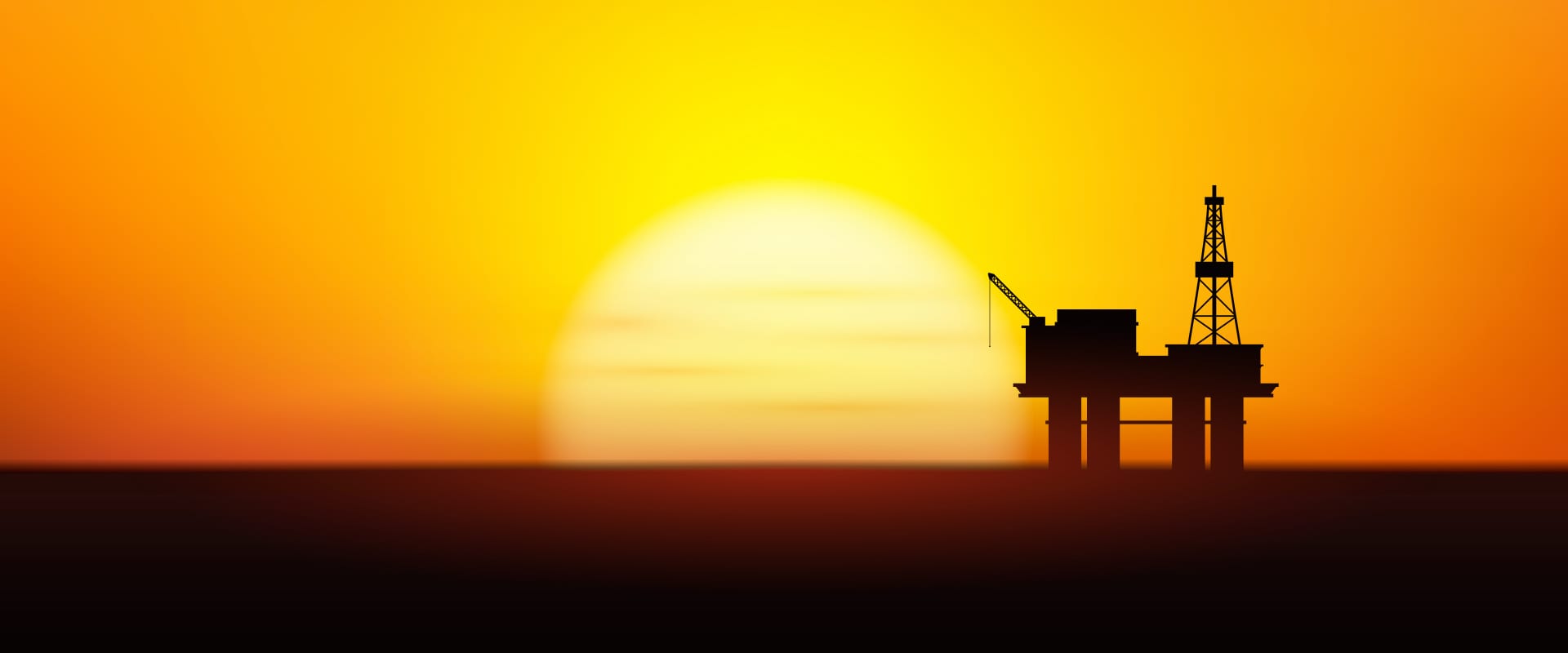Deep dive into Shell's Supply Chain Sustainability and Resilience

How sustainable is Royal Dutch Shell’s supply chain?
Royal Dutch Shell PLC (Shell) is a goliath not only in the oil and gas sector but also in sector agnostic. The firm has consistently ranked amongst the top 10 companies in the world for over a decade. A leviathan of this scale came to be due to its vertical integration and active status in every level of the oil and gas sector from exploration to trading. Oil and gas companies do not represent the pinnacle of sustainability, in fact, in many instances, they are the antithesis of the green revolution. In this post we will explore how sustainable one of the largest oil and gas company’s supply chains are, as well as how they are responding to the once in a generation challenge businesses are facing today-COVID 19.
To understand the sustainable nature of Shell’s supply chain; we explored the sustainability and corporate social responsibility ratings of the companies that are involved in the supply chain. An accurate map of Shell’s supply chain was available through the Inferess supply chain data that maps out economic linkages between companies at a global scale. A simplified view of Shell's supply chain map is shown below:

The data on a company’s sustainability and corporate social responsibility is sourced from CSRHub, an industry standard rating system. Each company is rated on a scale from 0 to 100 (100=positive rating). With this data we mapped each company in Shell’s supply chain with a corresponding sustainability rating, the results of the 1st-tier relationships can be viewed below:

The descriptive statistics of our analysis for first degree relations show that the minimum rating was quite low at 5, whilst the maximum rating was an average rating of 40. The mean rating was low at 21.20. Similarly, the median rating was also low at 22.
The second tier relationships are mapped as below:

Our analysis for second and third degree relations show that the minimum rating was once again a lowly 2, whilst the maximum rating was unexpectedly high at 79. The mean rating was a moderate rating of 38.65. The median rating was similarly average at 40.50.
Next, we analyzed Shell’s sustainability rating over time, benchmarked against the industry. Its current rating is at 54.00. The graph below (courtesy of CSRhub) shows this time-series evolution. As shown, although Shell has maintained over 50 rating for the past two years it has been consistent or under the industry average. The dichotomous relationship between the oil and gas sector and sustainability efforts is evident through the downward trend of the ratings.

Although Shell has a rating of 54, we analyzed the average rating of its first degree connections to be 21.20 and the average rating of its second and third-degree connections to be 38.65. This indicates that although Shell might be striving to achieve lofty ecological targets such as net-zero emissions by 2050, or the reduction of the carbon intensity of its products by 65% by 2050. There still appears to be a lot of work to be done with regards to the players active in its supply chain. For Shell to achieve validity in its future sustainability claims, it should strive to ensure that its supply chain players are also in line with its ethos and values.
 As global temperatures rise year by year, governments and firms around the world are starting to take notice of the importance of sustainability efforts. The Paris Climate Agreement has benchmarked a framework for private and public sector aspirations, which was also supported by oil and gas companies like Shell. As Shell attempts to reinvent itself to keep up with the times, setting ambitious targets and promoting carbon neutrality, it must also recognize its global presence. There is a divergence between Shell’s sustainability standards when compared to its supply chain, therefore for any environmental endeavors to truly count it should evaluate the sustainability commitment of its supply chain players.
As global temperatures rise year by year, governments and firms around the world are starting to take notice of the importance of sustainability efforts. The Paris Climate Agreement has benchmarked a framework for private and public sector aspirations, which was also supported by oil and gas companies like Shell. As Shell attempts to reinvent itself to keep up with the times, setting ambitious targets and promoting carbon neutrality, it must also recognize its global presence. There is a divergence between Shell’s sustainability standards when compared to its supply chain, therefore for any environmental endeavors to truly count it should evaluate the sustainability commitment of its supply chain players.
Want to learn more? Contact us to book a free demo and consultation



